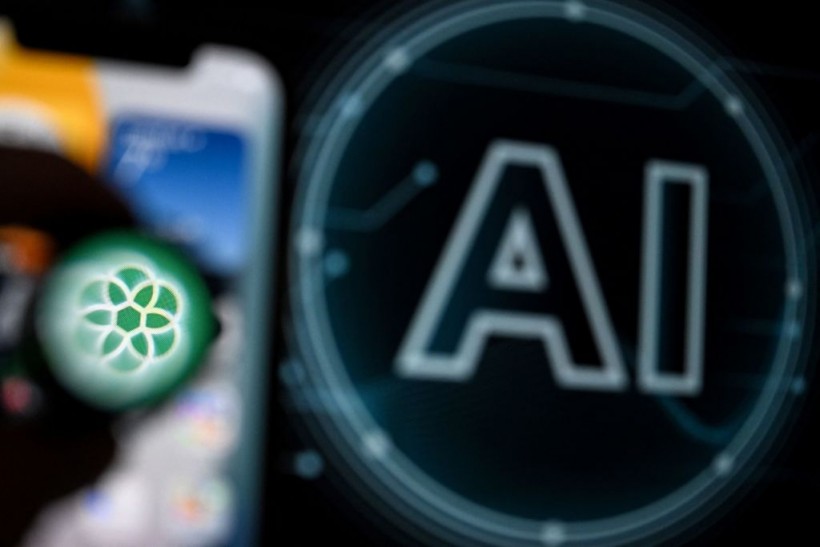The Consumer Electronics Show (CES) continues to unveil a constant stream of new announcements, with a notable emphasis on AI-related products.

Artificial intelligence helped a team of scientists discover a new battery material that uses less lithium than commercially available resources.
One of these new announcements comes from LG who revealed their new two-legged smart home robot. This latest addition to LG can help with a variety of tasks and can connect with LG's other smart home hardware.
How Does It Work?
In an article from Mashable, they reported that the Housekeeping bot constitutes a key element in LG's zero labor home initiative, which revolves around a network of interconnected smart home appliances. During LG's Monday keynote, CEO William Cho discussed the utilization of data collected from LG's products to train its artificial intelligence, enhancing its ability to comprehend and anticipate customers' behaviors and requirements.
The product's mobility stands out as its most significant feature, and this simplicity is what sets it apart. The robot has two legs which allow this mobility, as opposed to other smart home devices that remain in a single spot. Mashable's article states that the robot can function as a pet monitor, it patrols the house to check for open windows or lights left on in your absence. Additionally, it can notify you about medication schedules and initiate emergency calls as needed.
LG has not announced a release date or official price for this new addition to their smart home lineup but with all of these features in mind, this new addition can ease up the pressure some people might feel when it comes to home maintenance. This is also not the only product that is fusing AI and robotics. In their own torrent of announcements, NVIDIA showed off how their generative AI is aiming to help bring robots that merely started as concepts to the real world. These new robots each have their purpose of helping with labor shortages, retail work, and even agriculture.
Despite uncertainties about public reception, particularly given the resistance to applications like ChatGPT, it's evident that an increase in AI-integrated products is imminent.








